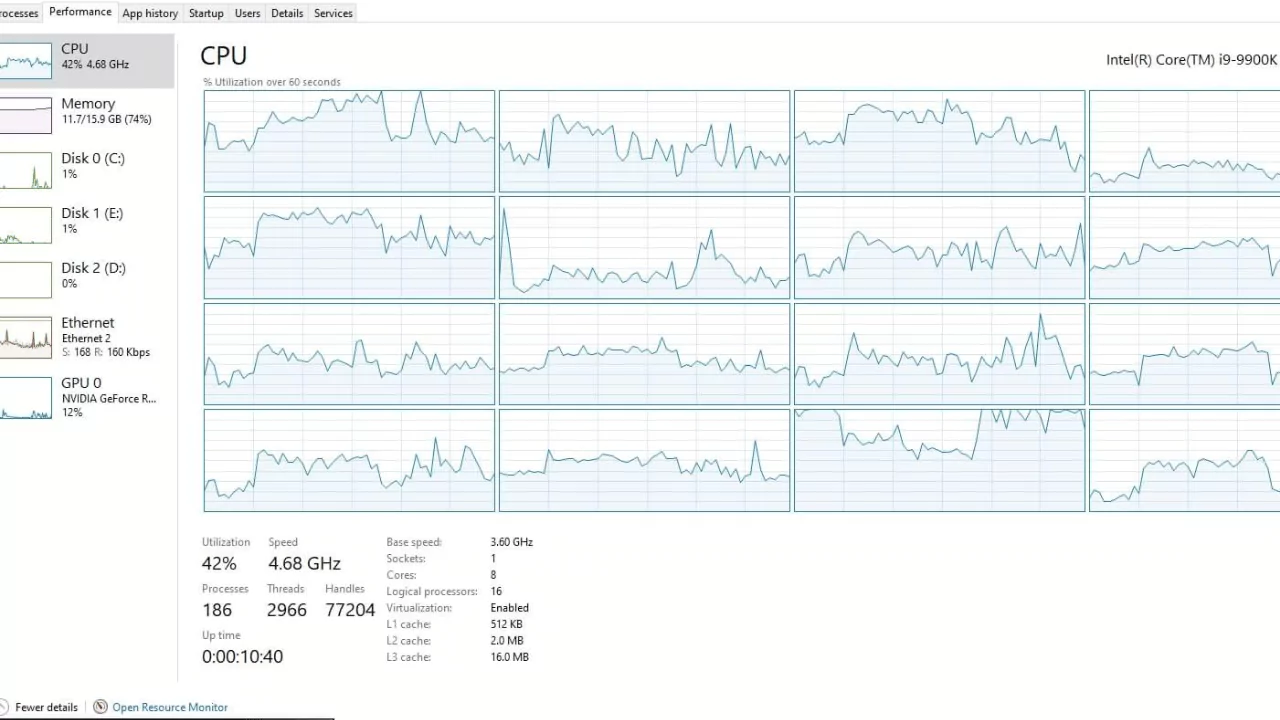Call of Duty games, including the popular Warzone, are generally considered to be more CPU intensive than GPU intensive. This is because the game’s complex AI calculations, physics simulations, and game logic rely heavily on CPU performance. However, the GPU still plays a crucial role in rendering the game’s visuals, particularly at higher resolutions and graphics settings.
While the CPU handles tasks like AI decision-making, player movement, and physics calculations, the GPU is responsible for rendering the game’s graphics, including textures, models, and visual effects. As such, both components are essential for a smooth gaming experience, but the CPU often bears a heavier load in Call of Duty games.
Understanding CPU and GPU in Gaming
CPU (Central Processing Unit): Imagine the CPU as the conductor of an orchestra. It handles all the game’s calculations, like enemy AI behavior, physics simulations for explosions and bullet impacts, and overall game logic. A powerful CPU ensures smooth gameplay by efficiently managing these tasks.
GPU (Graphics Processing Unit): Think of the GPU as the artist who brings the game world to life. It renders the game’s visuals, textures, lighting effects, and animations. A strong GPU ensures smooth frame rates and creates a visually stunning experience.
The Key Difference: The CPU tackles a vast variety of tasks, like calculations and decision-making, while the GPU specializes in processing massive amounts of data to generate graphics.
Importance of CPU and GPU in Call of Duty
Call of Duty throws a complex mix of challenges at your computer. Here’s how each part tackles them:
CPU Intensive Tasks:
- Game Logic: The CPU calculates enemy behavior, from movement patterns to decision-making in combat. It also factors in bullet physics, ensuring bullets travel realistically and impacts feel satisfying.
- Multiplayer: With multiple players and AI-controlled characters on large maps, the CPU calculates their movements, interactions, and overall game flow. A powerful CPU is crucial for smooth multiplayer experiences.
- Large Maps: Open world maps in Call of Duty often feature expansive environments with numerous objects. The CPU manages the positions and interactions of these objects, ensuring a stable and immersive world.
GPU Intensive Tasks:
- Graphics: Rendering detailed environments, textures, and lighting effects heavily relies on the GPU’s power. Textures for buildings, weapons, and characters require significant processing to create realistic visuals.
- High Resolutions: Playing at higher resolutions like 1440p or 4K demands more processing from the GPU. These resolutions pack in more pixels, requiring the GPU to work harder to render sharp and detailed visuals.
- Visual Effects: Explosions, smoke simulations, and other visual effects create a dynamic and immersive atmosphere in Call of Duty. The GPU shoulders the responsibility of rendering these effects smoothly, without sacrificing frame rates.
Analyzing Call of Duty’s Performance on CPU and GPU
Testing Methods:
- Benchmarks: These are specialized tools that run specific game scenarios and measure performance metrics like frame rates. By comparing benchmark results for different hardware configurations, we can identify which component bottlenecks performance.
- Player Experience: Monitoring in-game frame rates and performance drops during gameplay provides valuable insights into how Call of Duty utilizes your specific hardware. Players often report frame rate issues that can be attributed to limitations in either the CPU or GPU.
Benchmarks and Player Experiences
Both approaches consistently show that Call of Duty is a demanding game for both CPU and GPU. Frame rate drops can occur due to limitations in either component. If you experience stuttering during intense battles with many players, a CPU bottleneck might be the culprit. Conversely, if frame rates drop significantly when entering visually complex areas, your GPU might be struggling.
Developer Insights
Game developers often recommend specific CPU and GPU combinations for optimal performance at different resolutions and graphical settings. These recommendations provide valuable guidance for building or upgrading a PC to ensure Call of Duty runs smoothly.
Optimizing CPU and GPU for Call of Duty
Here’s how to get the most out of your computer for Call of Duty:
- Update Drivers and Patches: Keeping your graphics drivers and game patches up to date ensures your system has the latest optimizations and performance improvements. Outdated drivers can lead to compatibility issues and bottlenecks.
- Adjust Graphics Settings: Call of Duty offers a variety of graphics settings that can significantly impact performance. Lowering settings like textures, shadows, and anti-aliasing can reduce the load on your GPU, freeing up resources for smoother gameplay.
- Manage Background Applications: Close unnecessary programs running in the background to free up CPU and RAM resources. Background applications can compete for processing power, potentially causing performance dips in Call of Duty.
- Monitor System Temperatures: Ensure your CPU and GPU aren’t overheating. When components reach high temperatures, thermal throttling can occur, which automatically reduces performance to prevent damage. Proper cooling is essential for maintaining optimal performance.
- Finding the Right Balance: Experiment with different graphics settings to find the balance between visuals and performance that works for your hardware. You might find a sweet spot where the game looks great and runs smoothly, allowing you to enjoy both the beauty and responsiveness of Call of Duty.







